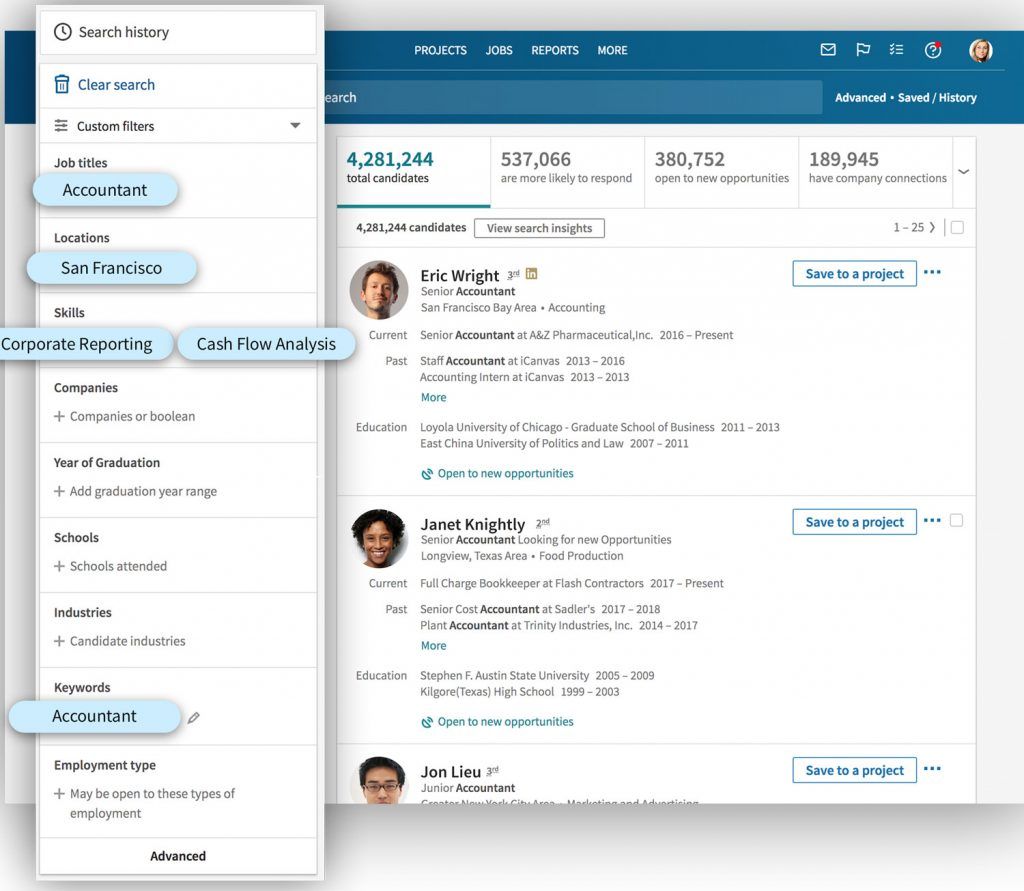What exists when it comes to technology for hiring? Whether you’re reading this as a hiring manager looking to streamline your internal process, or you’re a job seeker just trying to understand what you’re up against, read on more for our favorite technology for hiring!
We’ve recently written a post about how tech is changing the job searching space with incredible technologies that help you understand how well your resume compares to a job description all the way up to personality AI that helps you better understand your interviewer before meeting them! This post is from a different angle. Nova, as a recruitment agency, are uniquely placed where we work with both job seekers and hiring managers, so this article tackles how technology is changing how we hire.
Understanding the market – Technology for Hiring
We can’t stress enough the importance of thinking like a hiring manager when you’re a job seeker. With this in mind, it’s important to understand the technologies that are helping hiring managers because that will help understand what is being used to find job seekers just like you!
Applicant tracking systems
Have you ever heard of an applicant tracking system or ATS? Top employers hire for several jobs at a time and receive hundreds of resumes for any given opening, an ATS is here to make their lives easier by managing and filtering applicants just like you. Many of these systems rely on keyword matching to reject or highlight candidates via their ranking and search algorithms as well, so in theory, these systems also save time by automatically surfacing and highlighting top candidates.
So, what exactly does that mean for you? Well, in essence, it means that you need to make sure that your resume is tailored to match your skills with the job description to make sure that if a company uses an ATS, that your resume gets a high ranking on their algorithm. Even if a company isn’t using an ATS, this is what a hiring manager does when they scan your resume as well, so you should always tailor your resume to the job regardless – an ATS just automates this process.
ATS technology is everywhere
There are dozens of different ATS, each with their own features, strengths, weaknesses, and quirks. Here are just a few of the top ATS on the market currently:

If you’re applying to a large organization, chances are you’ll face an ATS. If you’re applying through any online form, you’re applying through an ATS. Even job sites like Indeed and LinkedIn have their own built-in ATS!
How does an ATS work?
Some applicant tracking systems can automatically compare your resume to the job description. For example, Taleo calls this feature “Req Rank,” which ranks each applicant based on how well their resume scores based on the job description.
When you have hundreds of applications coming in per job and have multiple jobs open, hiring managers crave ease and efficiency and this is where this ranking system adds value! Instead of reviewing each and every application, the hiring manager can focus on candidates the ATS has identified as a great match.
LinkedIn Recruiter Profile
Did you know that LinkedIn is used by more than 90% of recruiters and employers to source new candidates? As the unrivaled professional social network, LinkedIn plays a major role in how individuals search for jobs and how recruiters find candidates.
There is a special type of account that recruiters can pay for (at quite a steep price) that gives them a very different view of the site than what a normal user sees known as a recruiter profile.
With a recruiter profile, recruiters and hiring managers gain access to sourcing and searching tools where they can specifically target a geographic location, skillset, job title or even past employers to help in finding the perfect match for the role they’re hiring for. Hiring managers can even see metrics that show how likely you are to be interested in a position based on your level of interaction with their company profile on LinkedIn or if you have your profile confidentially set to “open to new opportunities”.

Boolean/Keyword searching
A common way recruiters filter resumes in an applicant tracking system is by searching for key skills and titles, and you can do this using a specific technique known as Boolean searching.
For example, if a recruiter is hiring for an Administrative Assistant position and they have had 200 resumes submitted for this role, their first step will probably be a search for “Administrative Assistant.” What this does is isolate candidates that have done the exact job before. This is why this is important! If you didn’t have that term on your resume that could mean you’re out of luck, so you always want to make sure you’re tailoring your resume for the job you’re applying for.
A search can contain multiple terms. For example, they might perform a complex search that contains a combination of titles and skills important for the job: Administrative Assistant AND data entry AND payroll …
Candidates who can predict the correct resume keywords will have the greatest chance of being included in these search results. The best way to figure out which skills and keywords to include is by analyzing the job description ( this is where our tech for job searchers comes in handy! ).
We hope with this list covering the different technology for hiring that exists, you’ll have a bit of insight into how hiring managers and recruiters search and use this insight to help you in your job search personally!




